Open RAN has gained prominence in the last few years due to ongoing trends towards openness and disaggregation in the mobile network operator (MNO) space and spurred by recent geopolitical […]

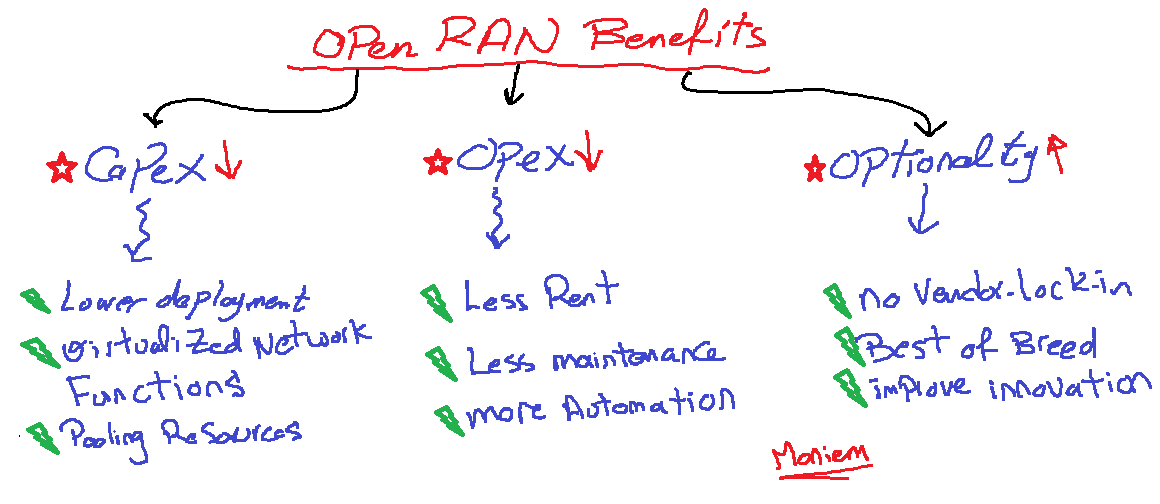
The Open RAN concept is about building networks using equipment that separates the vendor-specific software and vendor-specific hardware associated with the vast majority of radio access network (RAN) equipment that […]
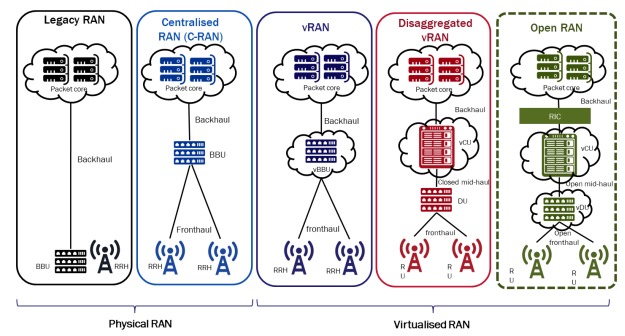
It is important to distinguish between vRAN and Open RAN Virtualization is a journey that the telecoms industry has been on for several years to transform network functions into virtual […]
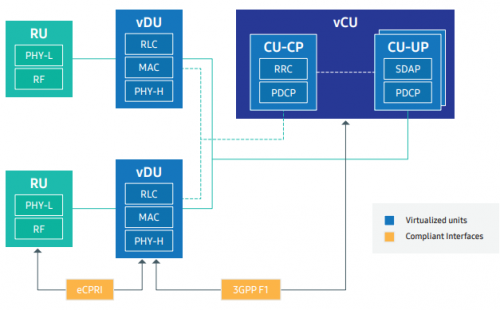
vRAN is a new architecture enhancing the flexibility of Centralized RAN (C-RAN) by virtualizing the functions of basebands in a common resource pool made up of the Commercial Off-the-Shelf (COTS) […]

There are several industry-led open RAN initiatives that seek to unite an ecosystem of supply chain partners and advance open RAN through the definition, development, and testing of standards and […]

There are different acronyms related to the evolution of RAN (Radio Access Network), like vRAN, open RAN, O-RAN, etc. A key point to clarify is that RAN evolution means both […]

Open RAN is a highly disruptive technology that will bring many benefits to Mobile Network Operators (MNOs), especially during the evolution to 5G. By opening up the RAN to multiple […]
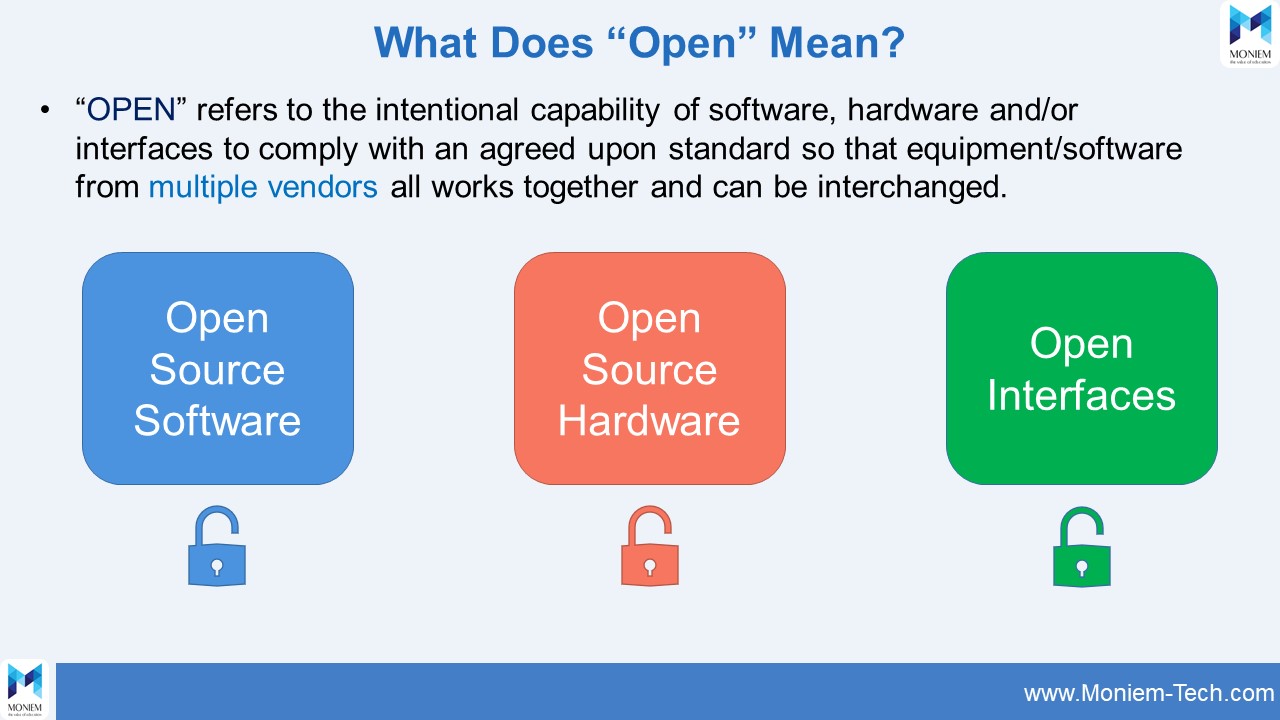
If we’re talking about RAN Market Status, The mobile RAN equipment market (covering active base station equipment and antennas, but excluding power supplies, cable, install costs, civils, passive antennas, etc.) […]
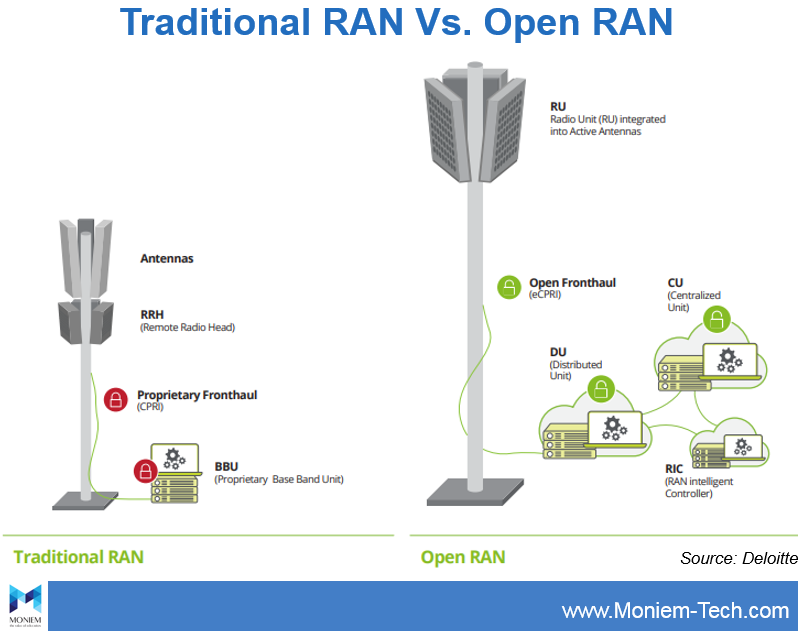
Open and virtualized RAN, Open vRAN refers to a disaggregated approach of deploying virtualized mobile networks by using open and interoperable protocols and interfaces, implemented over a common propose hardware […]
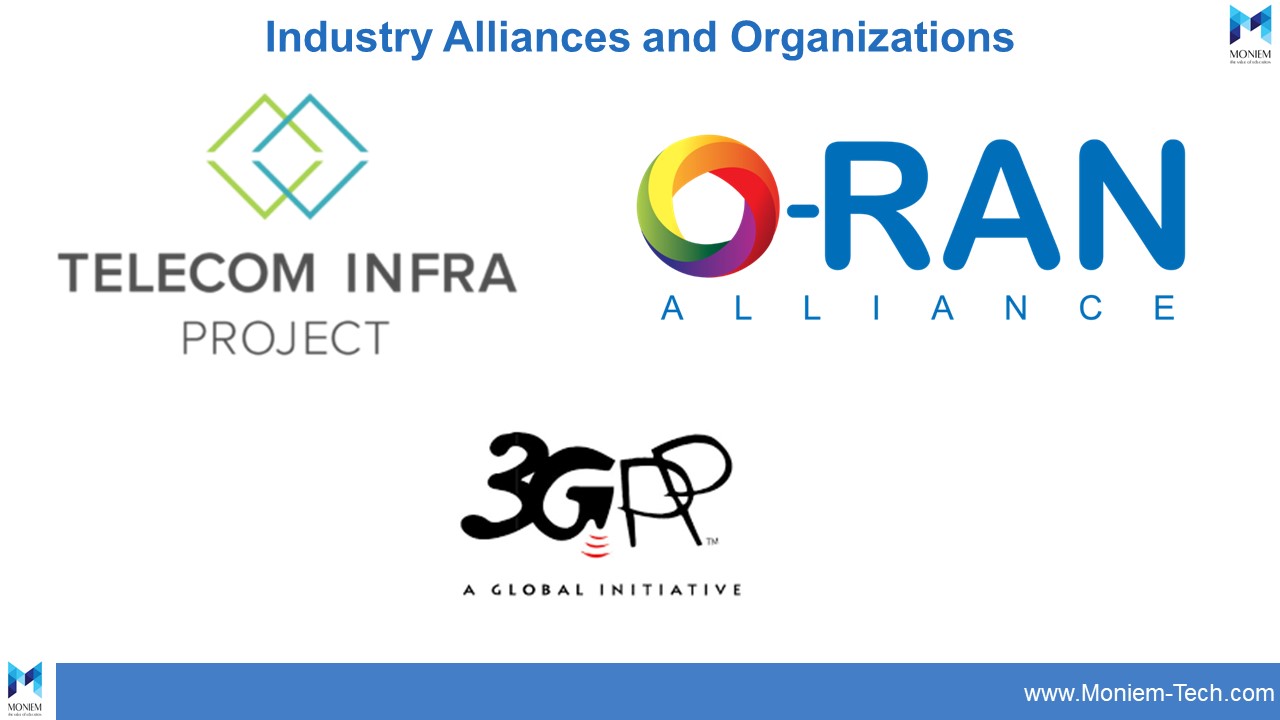
Industry Alliances and Organizations Multiple industry groups are working on 5G deployments and standards. These groups include: O-RAN Alliance: A group of telecom companies focused on fostering wireless networks that […]

